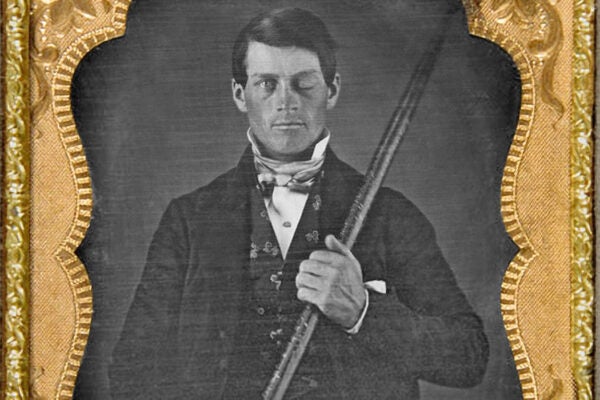Our pick of well-researched stories from around the web that bridge the gap between news and scholarship. Brought to you each Tuesday from the editors of JSTOR Daily.
The rich really are different (New York Magazine)
by Drake Baer
How much do you notice if someone you run into on the street is in pain? A new study adds to a body of research that shows the answer depends a lot on how much money you have. The wealthy are less likely than the working class to pick up on what’s going on with the people around them.
How to write about evil (The Nation)
by Peter E. Gordon
What tools can historians use to make sense of the deepest horrors of the past? Saul Friedländer, a survivor and historian of the holocaust, merges personal narratives with accounts of Nazi ideology and methods. His account shows the events as both uniquely evil and a coherent part of a larger history.
You’re not who you used to be (Quartz)
by Olivia Goldhill
Remember what you were like as an adolescent? If those memories make you cringe, take heart. A new study finds that essential personality traits change like conscientiousness, self-confidence, and originality change so dramatically that 77-year-olds are completely different from their 14-year-old selves.
White supremacy in 1817 (Public Books)
by Brandon R. Byrd
Two hundred years ago, an influential group of white Americans, inspired by the racial thought of Thomas Jefferson, devised a plan to remove free blacks from the country. Many black people were horrified by this white supremacist vision. But others saw promise in the idea that an anti-racist, anti-colonial resistance might be better served in Haiti than the United States.
When life bounced back (The New York Times)
by Nicholas St. Fleur
“The Great Dying” killed off 90 percent of all species on earth about 252 million years ago. But life finds a way. Paleontologists have now found evidence that it took only 1.3 million years—a tenth of scientsts’ previous estimate—for a brand new, robust ecosystem to form.
Have you seen a story online that does a good job of bridging the gap between the news and scholarship? Or something that seems particularly well-researched? Let us know and we may include it in next week’s roundup. Email us at jstordaily_submissions (at) jstor (dot) org.






